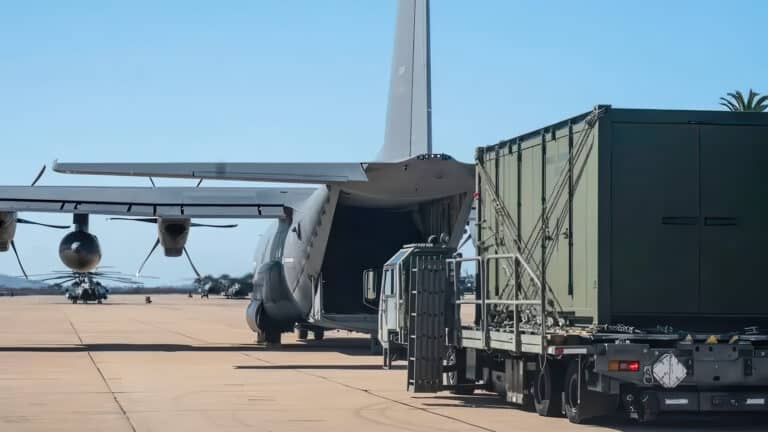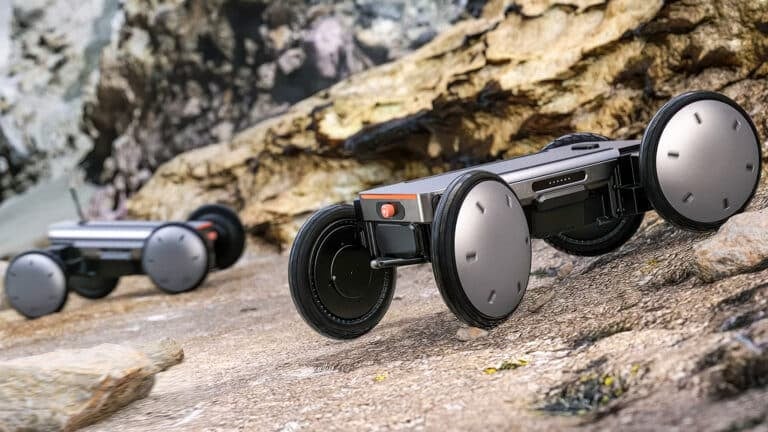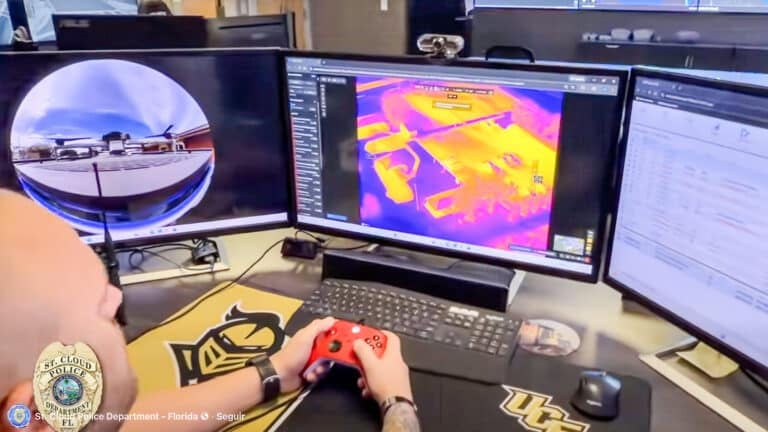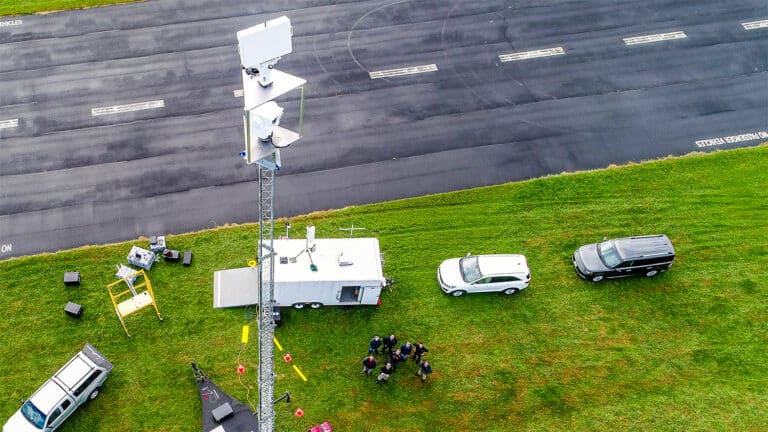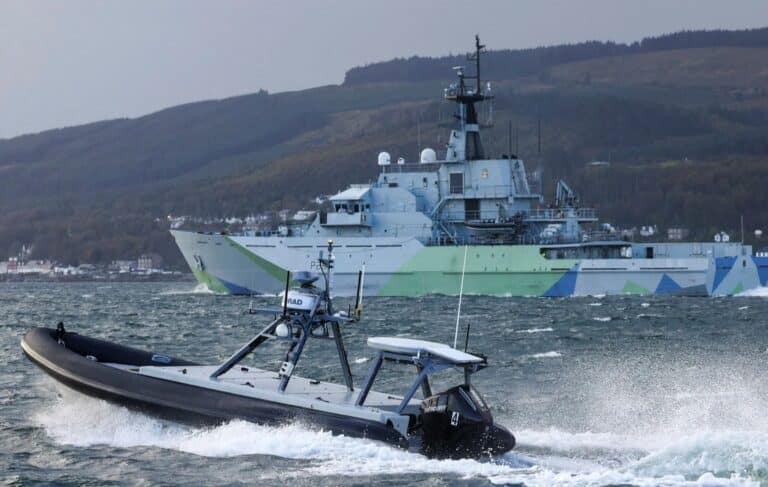DJI Neo 2 vs Neo 1: Should You Upgrade? Complete Side-by-Side Comparison
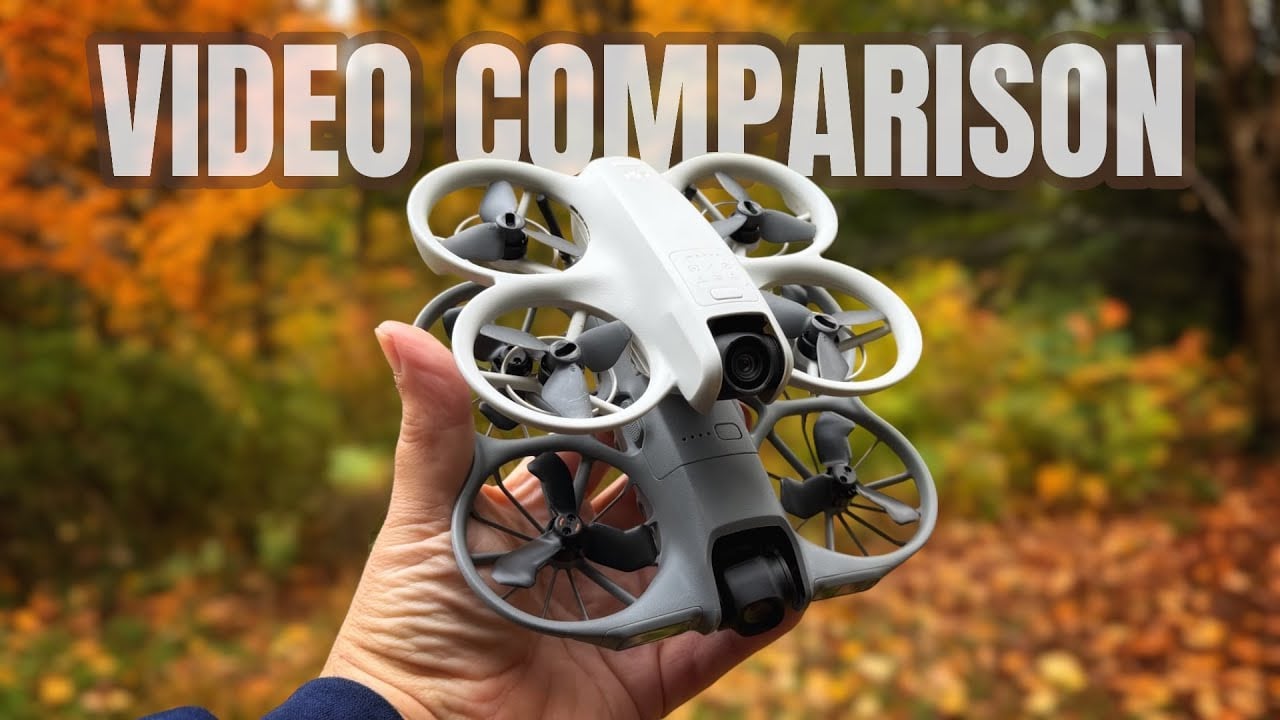
Good day folks. Shawn here from Air Photography. So in today’s video, we’re going to be comparing the brand new DJI Neo 2 against the original Neo. There might be some of you on the fence about whether it’s worthwhile to upgrade, or perhaps you haven’t even purchased one yet and you’re not quite sure whether to go with the original Neo as it will be a little bit cheaper, or do you go with the brand new Neo 2 with all its new features and capabilities.
In this video, we’re going to be doing some side-by-side video comparisons. That way you can get a good feel of what each one is capable of. And we’re going to talk about some of the key improvements, some of the new features of the Neo 2.
| Feature | Neo 1 | Neo 2 |
|---|---|---|
| Sensor | 1/2-inch | 1/2-inch |
| Gimbal | 1-axis | 2-axis |
| Max Video | 4K 30fps | 4K 60fps |
| Tracking Speed | 8 m/s (18 mph) | 12 m/s (27 mph) |
| Tracking Angles | 2 (front/rear) | 8 (all directions) |
| Wind Rating | Level 4 | Level 5 |
| Obstacle Avoidance | No | Yes (LAR + sensors) |
| Internal Storage | 22GB | 49GB |
| Transfer Speed | 25 Mbps | 80 Mbps |
| Phone Range | 50m (164 ft) | 500m (1,640 ft) |
| Parameter Adjustment | App required | On-device |
| Gesture Control | No | Yes |
Size and Form Factor Comparison
To start out, if we take a look at them both side by side, you can see the Neo 2 is a little bit larger. However, it’s still nice and compact and easy to manage. With a drone like this, you want them to be small and easy to pack, something that’s going to be easy to deploy and not be cumbersome to take along with you.
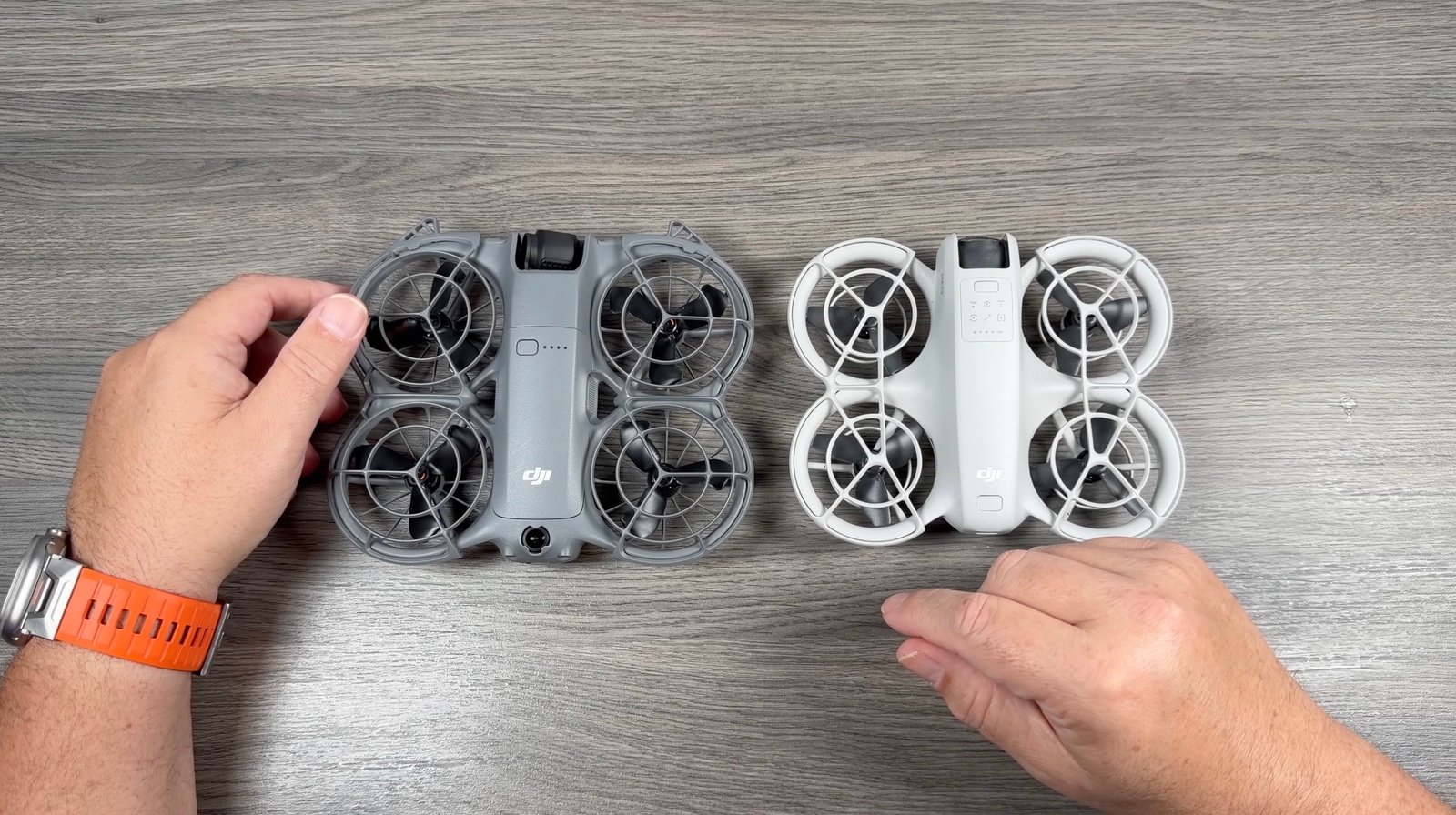
Significant Video Quality Improvements
When it comes to the quality of video that each one can capture, although they both have the exact same sensor size—1/2-inch—the Neo 2 video quality is noticeably better. That’s due to a couple of different reasons. Mainly because the bit rate has been upped. It does capture at a higher bit rate.
On top of that, the Neo 2 also has a two-axis gimbal, whereas the original Neo only had a one-axis gimbal. That means that the software does not have to crop in as much in order to achieve stabilization. The Neo 2 can rely more on its mechanical gimbal stabilization compared to the Neo 1, which does overall give it better video quality.
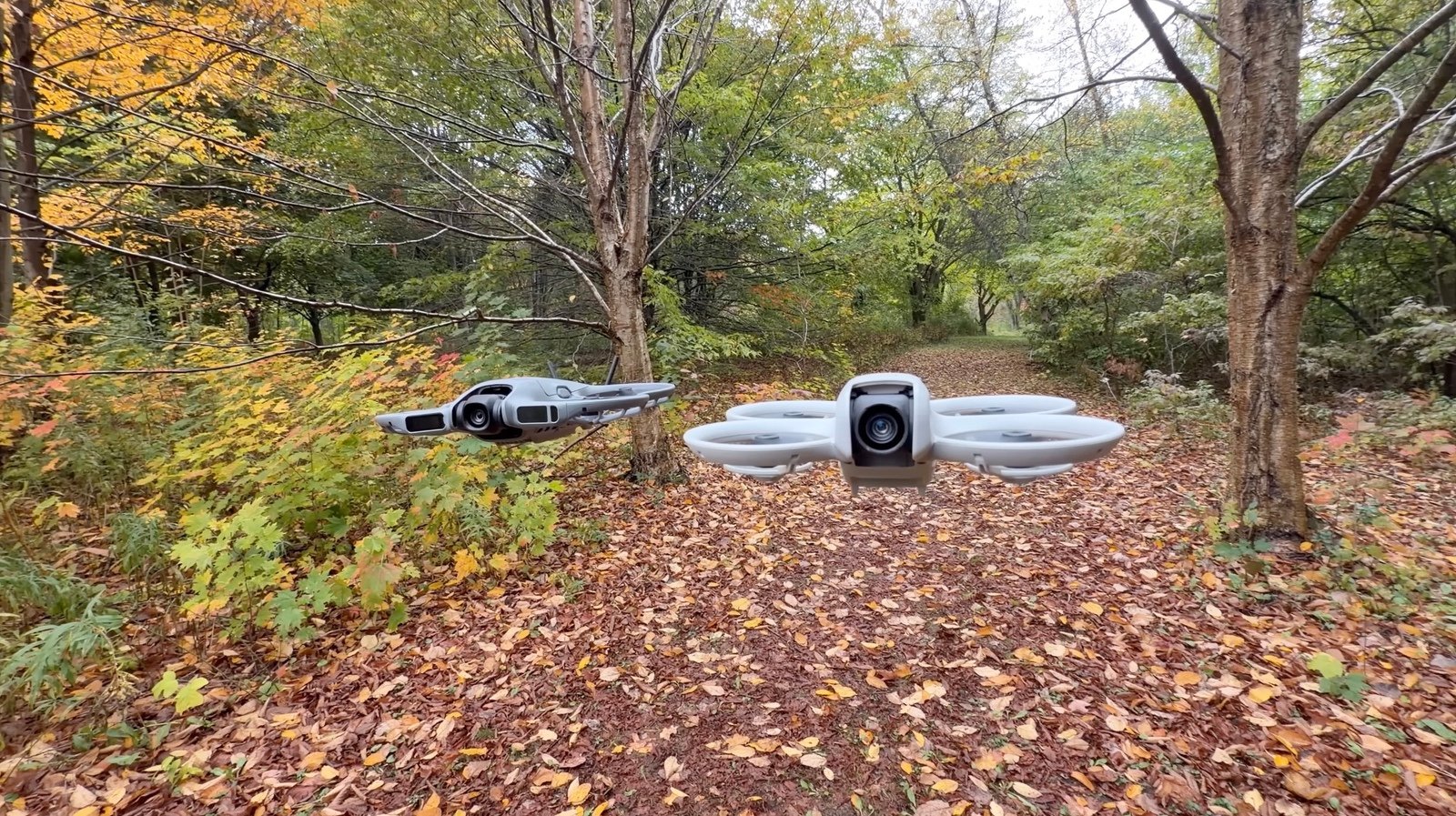
Now, when you’re watching the video quality back side by side here on YouTube, it might be really difficult to see any difference, especially when watching it at small size. But when we zoom in 400%, that’s where you can really notice some difference. You can see here the Neo 2 looks pretty good at 400%. Whereas with the original Neo, you can see that there is a lot of noise that’s introduced. So that really makes a big difference.
Superior Wind Resistance and Stability
What else is really interesting when you look at this side-by-side shot is that you can really see the extra power in the Neo 2. Both were put up at approximately the same time. The wind level was about the same. Both drones were just sitting there hovering while I was capturing, but you can see the original Neo is struggling a little bit. The wind is blowing it around and moving it around quite a bit, whereas the Neo 2 is staying pretty solid.

The original Neo had a level 4 wind rating, whereas the Neo 2 now has a level 5 wind rating. So, it does do a little bit better in the wind. In fact, I’ve actually flown it on some pretty breezy days. If you take a look at this video clip here, and you can see the trees are really swaying a lot in the wind. There was actually quite a bit of wind that day, but the drone is staying stable and I was able to fly it with no issues.
And here’s another interesting comparison. While I was capturing some of these comparison videos, I had both drones up and I was going to get a shot just flying across the trees. And you can see the Neo 2 has no issue. It’s flying across without any problem. Whereas with the Neo 1, I was full stick forward and it would barely move against the wind. It was having a really hard time flying against the wind.
4K 60fps Capability
Another important camera upgrade of the DJI Neo 2 is the ability to now capture in 4K 60fps. When flying autonomously, the original Neo could only capture in 4K 30fps. And for myself, that’s really important, especially when I’m capturing myself hiking through a forest or creating B-roll shots for different projects. Being able to capture in 4K 60fps allows me to slow the footage down by half. And in my opinion, just makes it look a little bit better, a little bit more dramatic. So, in my opinion, again, a great advantage of the Neo 2.
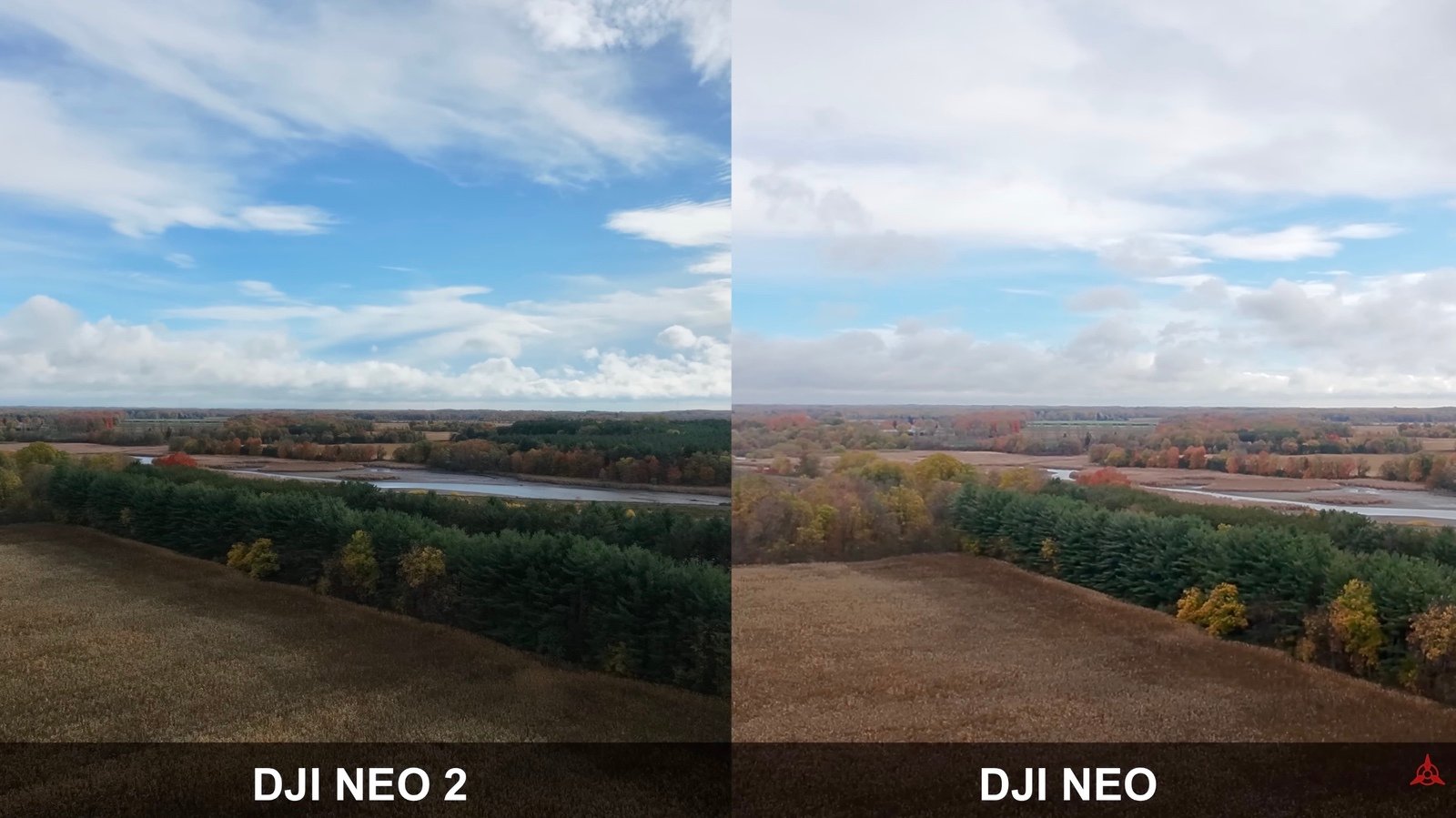
Revolutionary Tracking Improvements
When it comes to tracking, the Neo 2 gets a big upgrade in many different ways. First of all, the flight speed while tracking has been increased to 12 m/s (27 mph), and that’s compared to 8 m/s (18 mph) of the original Neo. That’s going to allow you to track yourself faster, which is extremely important when tracking on a bike.

But on top of that, we also get a big boost when it comes to the flexibility and the angles at which we track from. With the original Neo here, the only option we had was to track from the front or from the rear. And in order to do that, we had to land the drone, stop recording, change the mode, and then relaunch the drone, which was really inconvenient. That means you had to stop your cycling or whatever you were doing.
But with the Neo 2, we now get a new tracking interface that allows us to track from eight different directions. You can see right on the screen we can just with a simple touch of a button track from the front to the rear to the side. The drone is automatically going to move into that position.
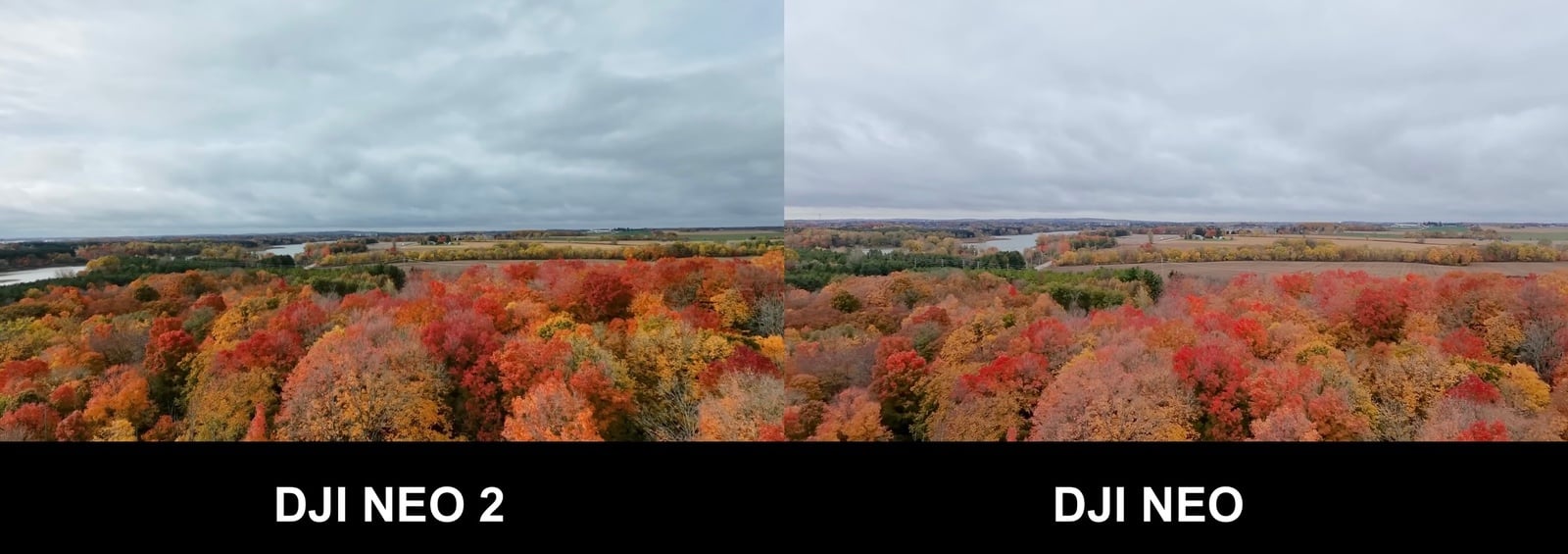
And the nice thing is we don’t have to stop recording. We don’t have to stop moving. We just simply touch the screen at the angle at which we want it to track us from and the drone is going to move into that position. And it actually works extremely well.
And on top of that, it can allow you to get some really interesting shots. You can start out filming from the rear, have the drone fly out to the side of you or out to the front or vice versa, and can make for some really dynamic shots. That’s just something that you just simply cannot do with the original Neo.
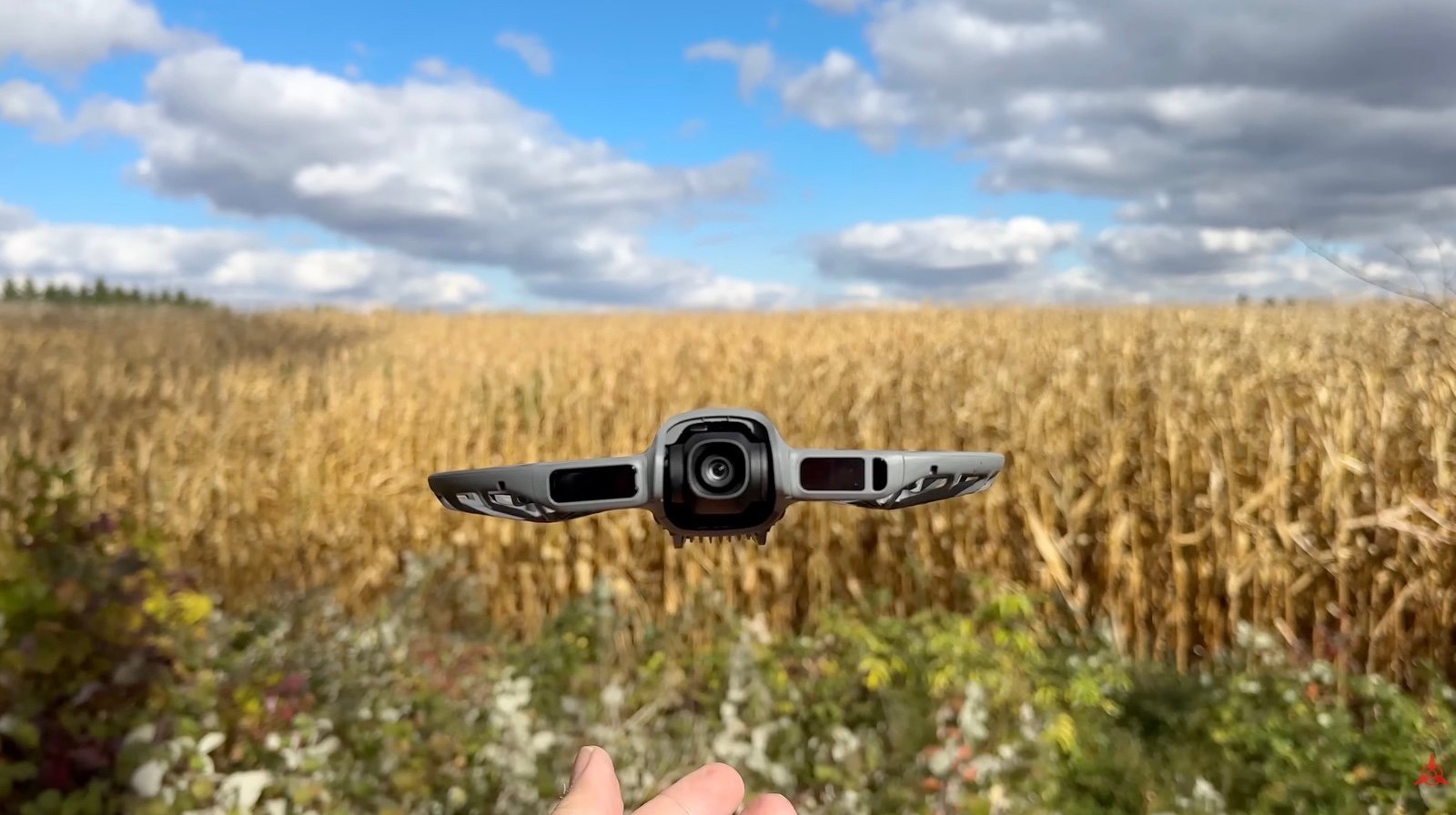
Essential Obstacle Avoidance
The Neo 2 also gets an important safety update. It now features obstacle avoidance, and that can be important in many different scenarios, especially when flying it autonomously or you’re tracking yourself. We have a sensor there at the back, at the bottom, and we have a LAR sensor there at the front.
Now, I don’t think the obstacle avoidance is as good as some of the DJI higher-end drones, but it does really help. If you take a look at this example here, I was doing a helix, and I kind of misjudged the distance of the tree. As the drone was performing the helix, it encountered the tree and came to a stop. In that case, then all I had to do was hit the return to home button, which is a new feature of the Neo 2, and the drone came right back to me. So, that’s actually a really nice upgrade as well.

On-Device Display and Parameter Control
Another really important upgrade of the Neo 2 is this new screen built into the front that displays the mode in which we’re in, but it also displays the parameters of that specific mode. The original Neo here, we had some LEDs at the top that signified what mode we were in, but there was no way to tell what the parameters were set for that particular mode. The only way to check that was to pull out your phone, connect it to the Fly app, and there it would tell us what the current parameters were. But now with a quick glance, we can see what all the parameters are and we can go ahead and change them if needed.
And that’s another big thing that has been changed with the Neo 2. With the Neo 1, the original Neo, we had to connect it to the Fly app in order to change all the parameters, which again could be very inconvenient, especially if you just are out doing some run-and-gun filming, you just want to capture a quick shot.
But now on the Neo 2, we have these buttons on the side. That’s how we cycle through the different modes: spotlight, circle, rocket, dolly zoom. But we can also use them to change the flight parameters. And we don’t have to be connected to the Fly app. We just have to simply press and hold. It starts to flash there on the front screen and we can cycle through—full, medium, wide—and that works for any mode. So if you want to set some of your cycling parameters for tracking, you can do so very easily, again, without having to connect it to the Fly app.
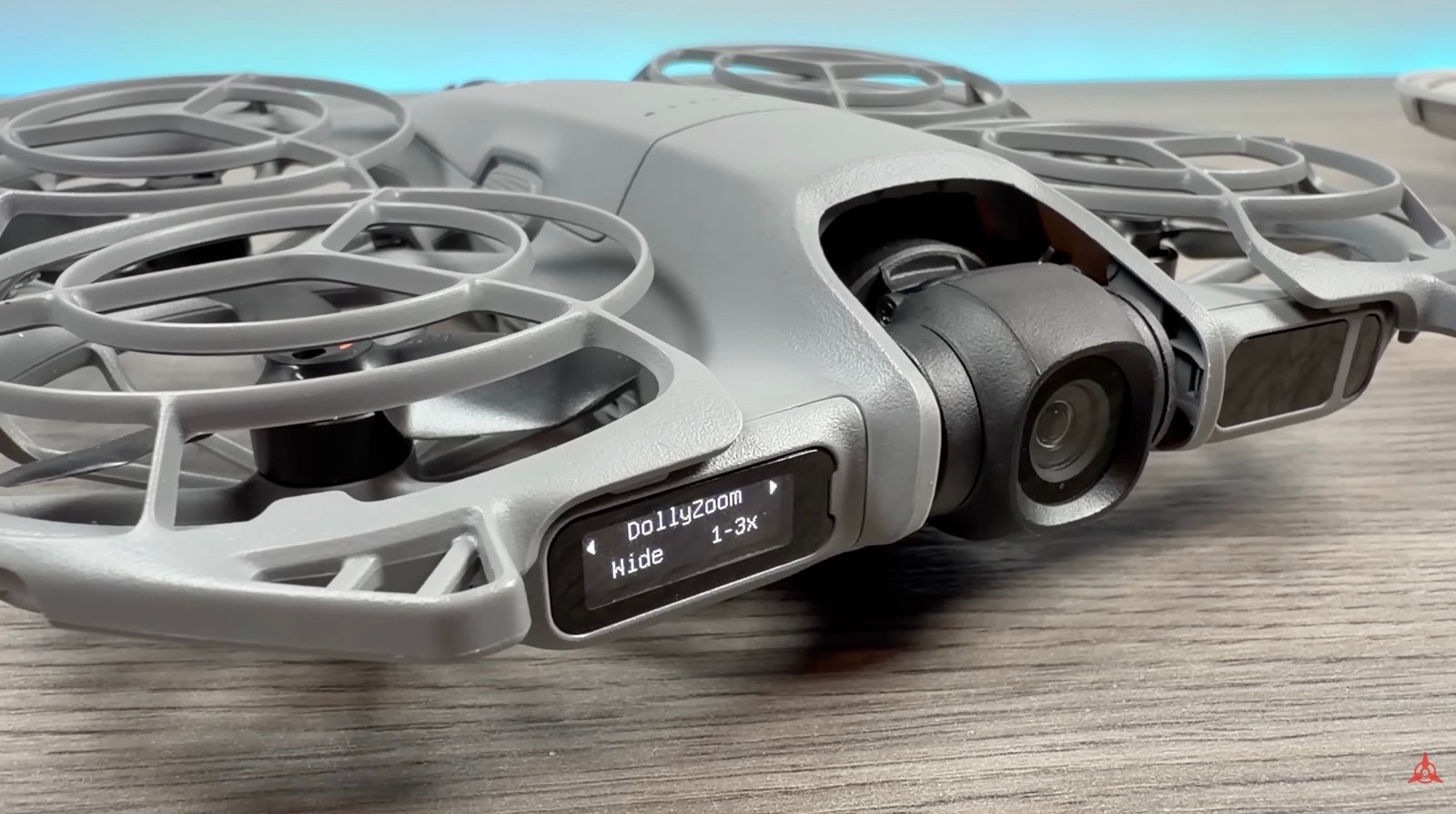
Gesture Control That Actually Works
Both drones feature voice control. We can easily control them with a simple voice command. But the Neo 2 now features gesture control and it works extremely well. It’s not gimmicky. It just actually makes a lot of sense on this drone because again while you’re tracking yourself through a forest or perhaps you’re even on a bike, you can simply put your palm up and move the drone to any position. You can raise it up, you can lower it, you can even bring it in closer to you or send it further back. It’s very accurate and it works extremely well.
Enhanced Range and Connectivity
Both drones are super convenient in the way in which we can utilize them. We can fly them autonomously. We can fly them with a smartphone, with a controller, and they both support FPV flight with goggles. One advantage the Neo 2 has, however, is when it’s connected to a smartphone, we get some extra range.
For example, if you’re flying with the virtual joysticks, you can actually fly the Neo 2—it has a rated range of 500m (1,640 feet), and that’s compared to 50m (164 feet) of the original Neo. So, for some people, that might be an important factor as well.
More Storage and Faster Transfer Speeds
The Neo 2 has 49GB of internal storage compared to 22GB of the original Neo. That’s double the space. And on top of that, it supports faster data transfer. So when you’re offloading your footage, you can do it quite a bit quicker with the Neo 2. It’s rated at 80 megabits per second compared to 25 megabits per second of the original Neo.
Should You Upgrade?
So those are some of the key upgrades of the new DJI Neo 2. Now, whether it’s worthwhile spending the money to upgrade if you already own the original, it’s going to be different for every user. Some people might find those new features really compelling. Others are going to be completely happy with what they have. The original Neo is a fantastic little drone. It’s very capable and you can create some really great content with it.
Now, for myself, because I do a lot of tracking on a bike, some of those new tracking features—the tracking speed, being able to change tracking angle on the fly without having to stop recording, the obstacle avoidance, the extra storage, and the better video quality—for myself does make it a very compelling reason to upgrade.
Hopefully, if you’ve been on the fence about whether it’s worthwhile to upgrade to the Neo 2, this video helped you out. Thanks for taking the time to watch this video and we’ll see you in the next one.
Discover more from DroneXL.co
Subscribe to get the latest posts sent to your email.
Check out our Classic Line of T-Shirts, Polos, Hoodies and more in our new store today!

MAKE YOUR VOICE HEARD
Proposed legislation threatens your ability to use drones for fun, work, and safety. The Drone Advocacy Alliance is fighting to ensure your voice is heard in these critical policy discussions.Join us and tell your elected officials to protect your right to fly.
Get your Part 107 Certificate
Pass the Part 107 test and take to the skies with the Pilot Institute. We have helped thousands of people become airplane and commercial drone pilots. Our courses are designed by industry experts to help you pass FAA tests and achieve your dreams.

Copyright © DroneXL.co 2025. All rights reserved. The content, images, and intellectual property on this website are protected by copyright law. Reproduction or distribution of any material without prior written permission from DroneXL.co is strictly prohibited. For permissions and inquiries, please contact us first. DroneXL.co is a proud partner of the Drone Advocacy Alliance. Be sure to check out DroneXL's sister site, EVXL.co, for all the latest news on electric vehicles.
FTC: DroneXL.co is an Amazon Associate and uses affiliate links that can generate income from qualifying purchases. We do not sell, share, rent out, or spam your email.






